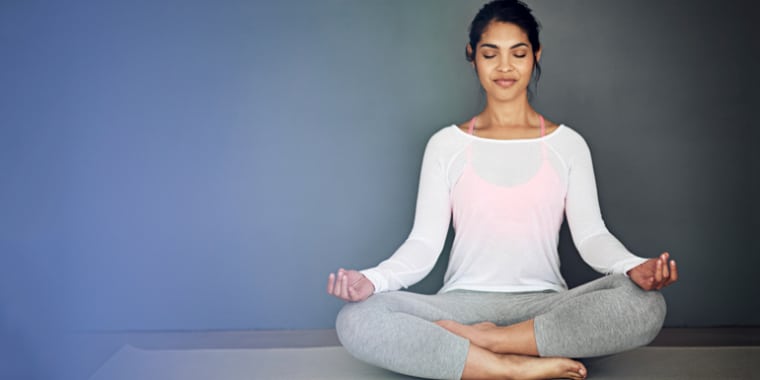
Recent scientific findings have started to reveal that some of the benefits of meditation include not just unlocking your peace of mind, but also helping you cultivate calmness, focus, and helping you to feel less stressed.
• Research published in Science Direct July 2016 found that 50 year olds who maintained a long-term meditation practice had larger brains—equivalent to 7.5 years younger—compared to others of the same age who did not meditate. This research indicates that meditation could be beneficial for brain preservation.
• Research published in Science Direct July 2016 found that 50 year olds who maintained a long-term meditation practice had larger brains—equivalent to 7.5 years younger—compared to others of the same age who did not meditate. This research indicates that meditation could be beneficial for brain preservation.
• The University of Wisconsin-Madison found that people who meditated regularly had fewer flare-ups of stress hormones relative to non-meditators. Experienced meditators also reported higher levels of experiences of well-being and resilience than the non-meditating subjects.
• Harvard neuroscientist Sara Lazar found that the amygdala — the area in the brain that initiates the fight or flight stress response — grew smaller in people who meditated for 40 minutes per day over eight weeks.
3 Meditation Techniques to Try
It may take some practice getting into the meditative “zone.” Start with 5-10 minutes of any of these simple exercises and gradually extend the duration. If one style doesn’t suit you, try another. If this is your first time meditating, you may find that doing a moving walking meditation easiest.
Walking Meditation
Push away from your desk even if it’s only for 10 minutes. Step outside and start walking and consciously direct your attention to how it feels to press your heel and mid-foot into the ground and push off with each step. Time your breathing to your rhythmic walking pace, and turn your attention inward. Breathe deeply and walk slowly, brushing away any disruptive thoughts as they arise. When they do, turn your attention back to the walking movement and your breath.
Focused Attention
Focus your attention on a single object like a flickering flame, waves rolling in and out of the ocean, or the clouds passing overhead. Begin inhaling and exhaling, focusing on the object, and deepening your breath. If thoughts come up, don’t hold onto them. Let them pass like the clouds above and stay focused on the breath.
Deep Breath
In yoga, the ujjayi breath (breathing only through the nose) is used to help calm the mind. Inhale and exhale for a slow count of four, mindfully direct your breath to the deepest part of your lungs, and allow the belly to expand. It may help to put one hand on your belly and the other on your chest to feel your torso expand. Pause briefly at the top and the bottom of each breath. Another tip is to constrict your throat slightly so that your exhale creates a sound similar to an ocean wave, making your breath audible. Listening to this subtle sound during your practice helps your mind focus on your breath. If you find your attention diverted, don’t judge yourself, simply bring it back to the breath.
By: Sarah Stevenson
No comments:
Post a Comment